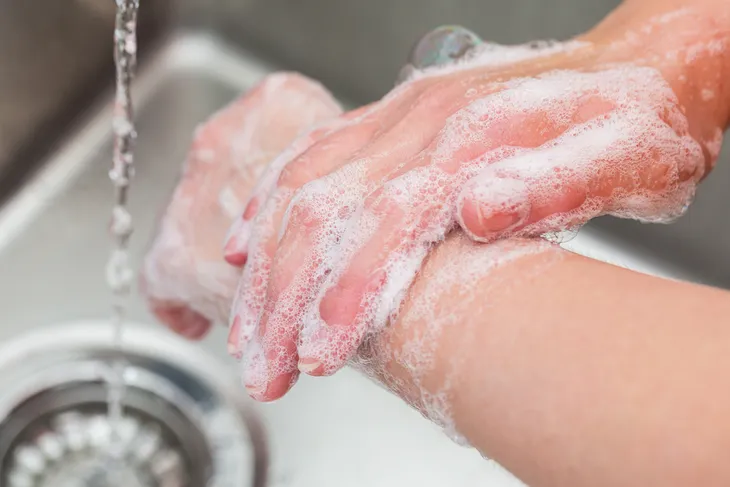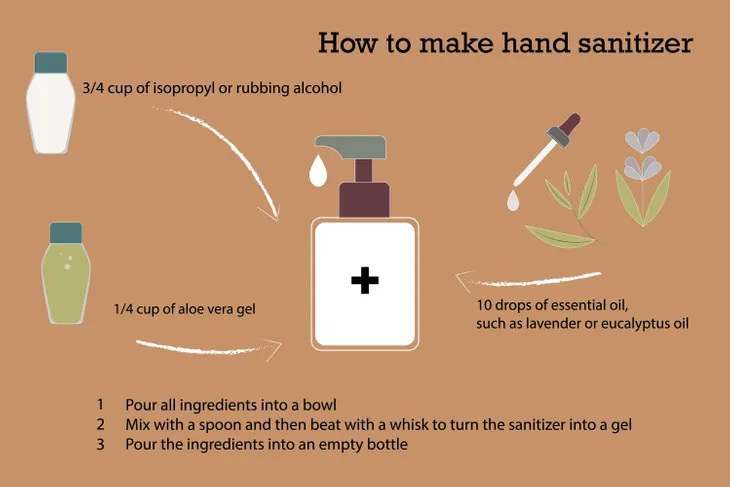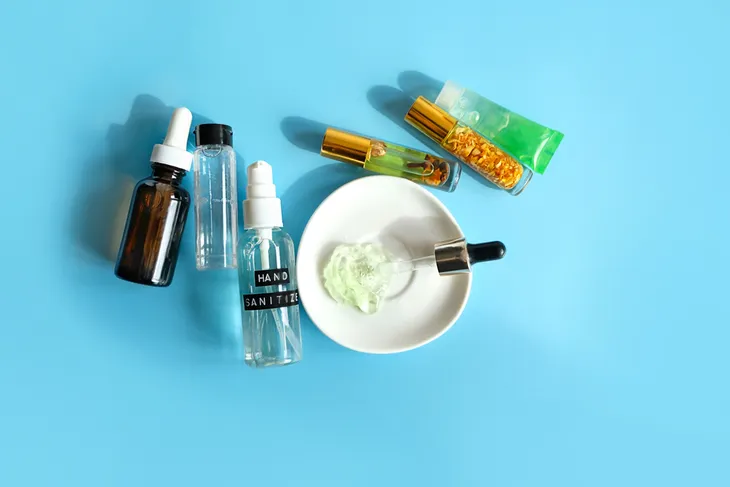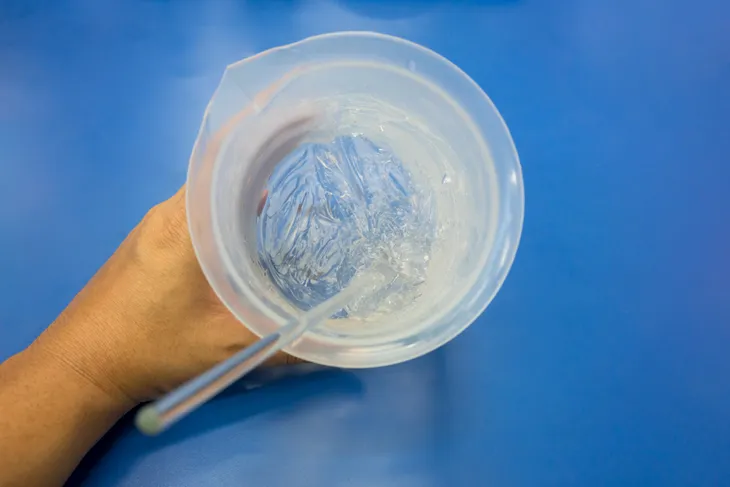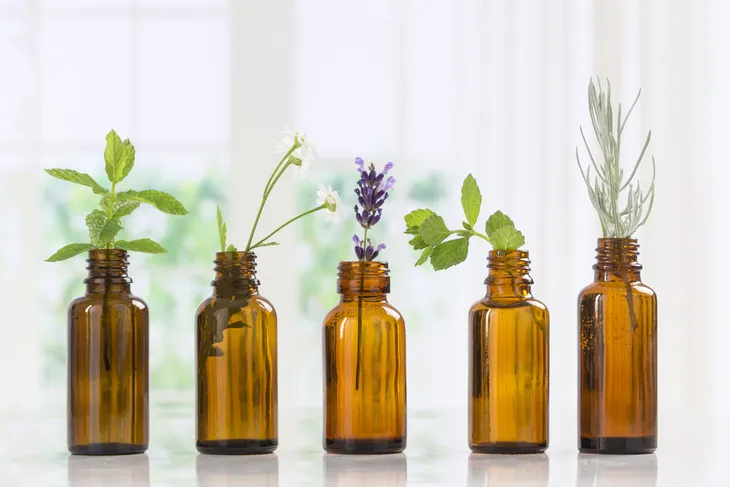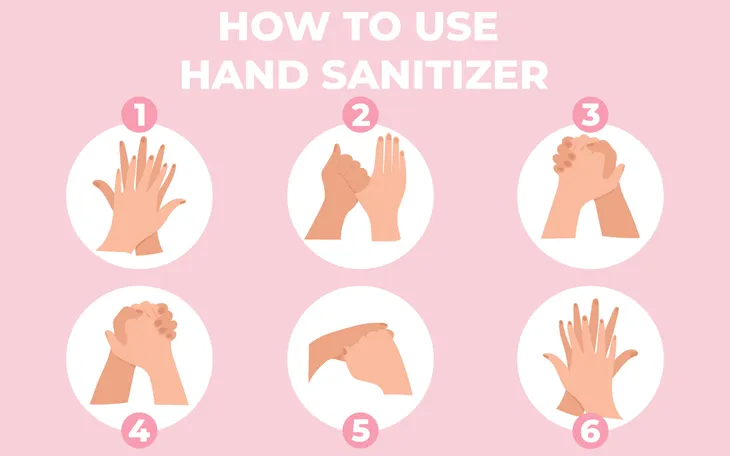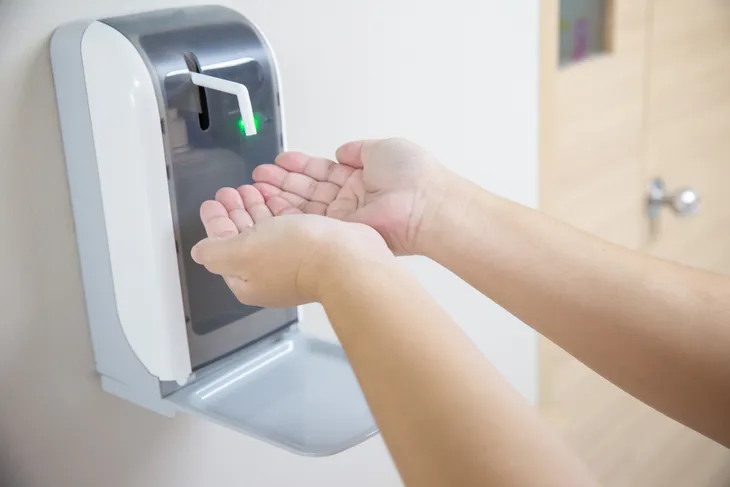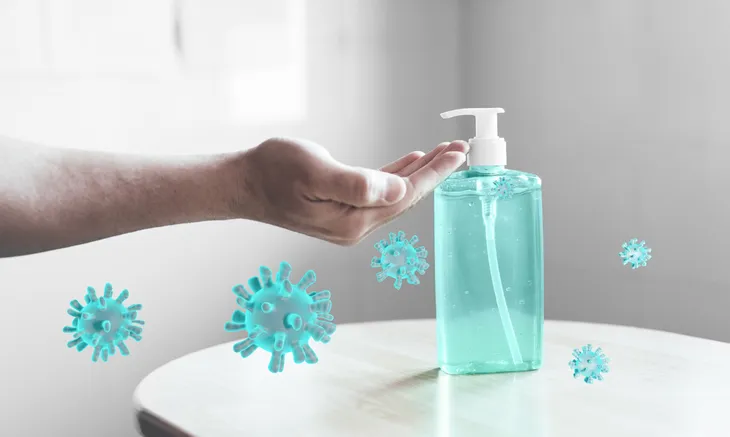The cold weather is on its way which means so are all the viruses and winter illnesses like the cold and flu. The winter season coincides with the cold and flu season so we’re definitely going to start seeing more and more people getting sick. To ensure that you’re not one of them, you’ll need to take a few precautions.
To help stay healthy and virus-free this winter season, you’ll want to stay well and be prepared at all times. One of the best ways to fight off illness is by regularly washing your hands. However, water and soap aren’t always readily available, so the next best thing is hand sanitizer.
To ensure you always have hand sanitizer on “hand,” we’re going to walk you through how to make your own hand sanitizer so you can fight off germs anytime, anywhere!
Why Do Illnesses Occur More Frequently In The Winter?
There are a few reasons why you’re more likely to get sick when it’s cooler outside. This phenomenon mainly happens because humidity and sunlight kill viruses that tend to stick around amid cold weather. You may also spend more time indoors with others.
How to Stay Healthy During Winter
You can use different methods to keep yourself healthy. Here are a few tips to follow:
- Wash your hands with soap and water for 30-seconds after you touch a germy area
- Drink enough water daily and eat fruits and vegetables
- Sleep for 8-hours every night
- Be physically active when possible
- Avoid interactions with people who have cold or flu symptoms
It’s also smart to use protective gear when possible. This equipment will differ from professional options because it’s not meant for high-risk situations and interactions. You may see doctors and other professionals wearing large gloves, full body suits, and eye protection in their line of work with the ill. That said, you can still employ gloves and masks to protect yourself.
Ingredients and Steps to Make Homemade Hand Sanitizer
A container of hand sanitizer will be handy throughout winter. It’s helpful to have when you can’t wash your hands or use commercial products. In other words, you can make a DIY version as a backup plan when you need a quick solution.
Here’s your ingredient list:
- Isopropyl rubbing alcohol (99-percent)
- Plain aloe vera gel
- Essential oil or lemon juice (optional)
- An empty container with a lid
- A mixing bowl and a large spoon
Set aside a clean area to make your hand sanitizer. You should wash your hands and utensils periodically to ensure your final product won’t be contaminated. It’s also a good idea to buy new products so they’re sealed before you start.
Add ⅔ Cup Rubbing Alcohol to Bowl
Be sure to look for isopropyl products with 91- to 99-percent alcohol volumes. The aloe vera will dilute that amount — and you need a 60-percent alcohol volume minimum to eliminate most germs. Don’t make your hand sanitizer unless you have these exact components.
Add ⅓ Cup Aloe Vera Gel to Bowl
The aloe vera gel ensures your hand sanitizer has the proper texture. It’ll also provide moisture so your hands don’t become too dry. This product is naturally antibacterial and antiseptic, as well. Feel free to add less aloe vera gel if you want a higher alcohol content.
Use Spoon to Stir Until Combined Thoroughly
If you prefer, you can use a whisk. You can always make a smaller or larger batch of hand sanitizer. Just always keep your proportion of alcohol to aloe vera at 2:1, reports Healthline. So you could use 1-cup alcohol to a 1/2-cup of aloe vera. The 2:1 proportion ensures that your alcohol content is at least 60-percent.
Mix 10 Drops of Essential Oil or Lemon Juice
This step is optional. If you want your hand sanitizer to have a scent, you can use essential oil or lemon juice. Essential oils you could try include lavender, peppermint and eucalyptus. These products won’t interfere with anything.
Pour Into Labeled Container
Use a container with a pump or squeeze nozzle so you don’t have to dip your hands into anything. A clear, labeled container allows you to safely differentiate between your hand sanitizer and other products.
You can also distribute it into mini travel containers to put in your bag or purse.
How to Use Hand Sanitizer Properly
You should always try to wash your hands before anything else. Use hand sanitizer only if you don’t have access to soap and water — it’s best as a last resort. Be sure your hands aren’t dirty before you apply your chosen product.
First, you’ll pump the hand sanitizer into one palm. Use your other palm to spread the product across your hands, and don’t neglect between your fingers. Rub for about 45-seconds until your hands start to dry. This process may take around a minute.
Avoid touching your eyes or mouth as you apply hand sanitizer. If you have children, you need to supervise them when they use the product. This way, they won’t misapply anything.
When Should You Apply Hand Sanitizer?
If you’re out in public, you won’t have immediate access to a sink to wash your hands. It’s essential to have your hand sanitizer ready to apply after you:
- Go to the restroom
- Touch a high-traffic surface, like an elevator button
- Sneeze or cough
- Sit down to eat at a restaurant
- Make physical contact with a stranger, like shaking hands
These reminders will help you stay healthy throughout the cold and flu season.
Use These Tips to Make Homemade Hand Sanitizer
If you want to help you and your family stay well, make DIY products like hand sanitizer to keep handy during winter. Be sure to practice safe techniques so everyone has a healthy next few months. Your homemade hand sanitizer will only make a difference if you use it correctly.


